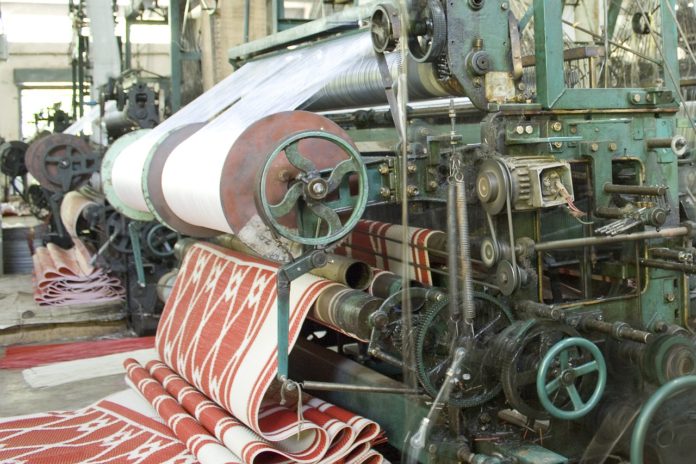FAISALABAD (ABC) – The textile exporters are finding it hard to get maximum production due to the high cost of doing business and delayed payment of billions of rupees in refunds, reports WealthPK.
The current situation is posing a serious threat to the textile sector – the national economy’s mainstay.
The exporters are trying to convince the rulers to reduce the power and gas prices for the textile sector in order to generate jobs and foreign exchange, but to no avail, Ali, a textile exporter, told WealthPK.
He said textile production was declining with each passing day, as the millers were facing a shortage of funds.
He said billions of rupees worth of refunds were stuck with the government, but nothing was being done to repay them.
He claimed that the government had promised multiple times that refunds would be released, but nothing practical had been done so far.
He urged the government to investigate why the textile production was declining and take appropriate measures.
Talking to WealthPK, Pakistan Textile Exporters Association (PTEA) Patron-in-Chief Khurram Mukhtar said, “We have been making a hue and cry for the past couple of months that the current situation is not favoring the business environment, but no long- or short-term business planning has been evolved so far.
Without promoting the industry, it is impossible to generate funds or provide job opportunities to the people of Pakistan, he added.
Riaz Ahmed, an exporter, told WealthPK that declined production by the large-scale manufacturing units would impact the small and medium enterprises units.
He said the rulers were focused on winning the confidence of the International Monetary Fund (IMF) to secure a small loan, but they were not ready to pay heed to the real issues of the textile sector, which were exacerbating with each passing day.
“We have to promote business activities, as we cannot survive on loans.”
The government must introduce business-friendly policies which would ultimately generate jobs and strengthen the industry, he added.
Khurram Mukthar said as the largest manufacturing sector, the textile sector was the prime source of foreign exchange earnings, but this vital sector was facing significant challenges, causing an economic slowdown and a decline in production.
Mukhtar said textile exports declined from $1.74 billion in April 2022 to $1.18 billion in February 2023.
Currently, the exports are stagnant at around $1.4 billion per month, which is $600 million below the installed production capacity, he claimed.
Riaz Ahmed said a recent report by the Pakistan Bureau of Statistics (PBS) also indicated that the output of large-scale manufacturing industries had decreased.
“We are not seeing any signs of improvement amid the surging rates of utilities and high-interest rates.
The current scenario is not allowing the textile sector to perform better,” he added.
“We are fighting on two fronts – locally and internationally.
Our business rivals like Bangladesh, Vietnam, and India are trying to squeeze the space for our textile products because their governments support them with subsidies.
On the contrary, our exporters are being pressed on multiple grounds,” he said.

